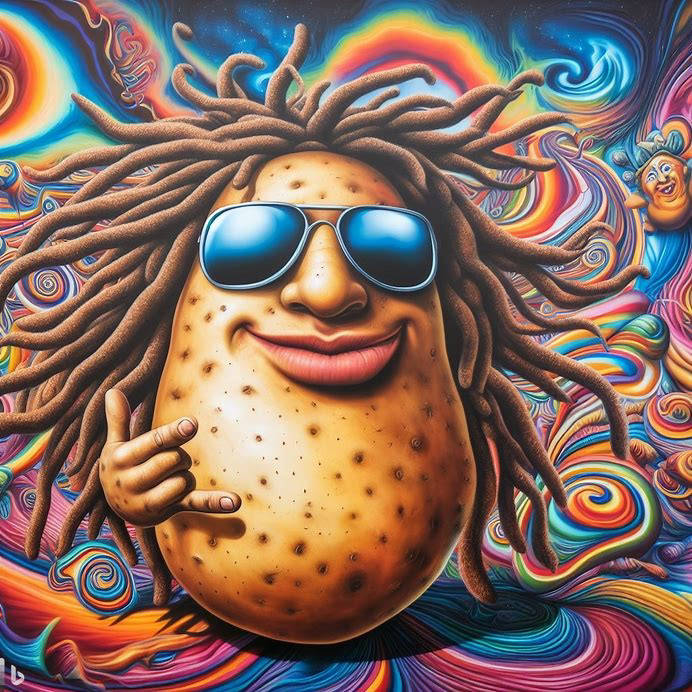I’m thinking of scaling down. When I started brewing, everything was 5 gallons. After having made some terrible beers over my time, and with so many options I want to try out and compare, I was thinking of scaling down. For example, if I wanna compare yeasts, maybe I make a SMASH beer but 2x1 gal. Use yeast A in the 1st gal and yeast B in the 2nd gal.
Also, I enjoy the act of brewing, but I only drink 1 beer a day, so that takes me 1.5 months to get thru 5gal a batch.
Has anyone scaled down? Did anything change or surprise you?
I’ve been doing comparison batches, like you describe. It’s helped me to really learn what the yeasts themselves contribute. I prefer starting in a 6 or 7 gal, and by the time one is racking it gets down to 5-6 gal. I’ve done smaller batches, but really it’s nearly the same amount of work to make a batch, so it’s more time efficient to make a larger batch. I share with friends, so it goes fast enough. Tho’ the trick is to make more than you consume so there is plenty to age for longer periods. Most brews will develop a more complex and smoother flavor profile over time.
Yeah I make smaller batches to test out recipes and when I’m making beer styles that only I’m interested in. I have a kegerator but it’s at my in-laws’ place and they aren’t very adventurous beer drinkers so I’m not gonna make 5 gallons of a Belgian dubbel, etc.
For the smaller batches I usually do 1.5 - 2 gallons (6 - 8L) and then package in swing-top 1L bottles that I immediately rinse and dry after finishing the bottle. Using swing top means I don’t have to mess around with caps and I can also reseal the bottle immediately after pouring to minimise loss of CO2. Using 1L bottles makes it a bit quicker to do the bottling - plus, I have a blichmann beer gun which is a nice luxury that saves a bit of time and potentially helps minimise oxidation.
I’ve had decent success scaling down recipes, but what I’ve found is that I make more consistent beers when I use a recipe designer instead of just taking 20% of the 5 gallon recipe. I’m just a beginner though. Someone more experienced could probably just eyeball it.
I’ve been through a couple of different setups and sizes over the years from 1gal to 10gal. I don’t even drink beer every day so a 5gal batch often lasts way beyond the timeframe I want to drink it.
I’ve settled on 2-5gal batch sizes now, and mostly do 2gal batches with the occasional 5gal if it’s for aging or specifically sharing. There’s not much to it in regards to scaling down, just use a recipe calculator to scale because it’s not linear. Dead space, volume of wort in hoses etc. of course have a much larger impact on smaller batches, so keep that in mind.
The hardest part for me is getting a setup that does both 2gal and 5gal well, I haven’t found a “one size fits all” setup yet. But what I have now can do medium-gravity 2gal batches to 5gal medium/high-gravity batches. If I want a 2gal batch <6% ABV it’s doable but not as easy or efficiency is complete shit.
I found sweet spot at about 35l - usually I brew for some kind of occasion like birtgday, friends wedding… So 30 l keg and few test bottles. But I didn’t brew at home since I started working in brewery.
So I upscaled from this to 2000 l batches.


